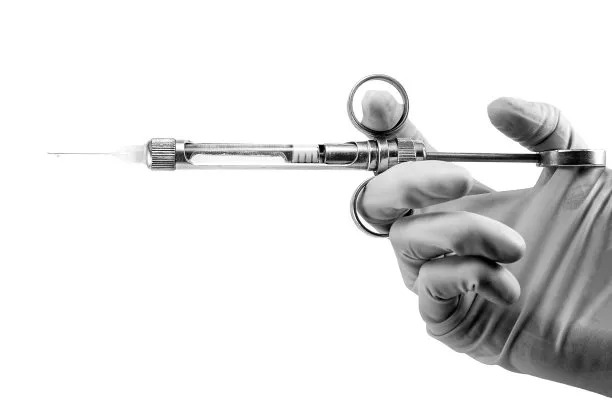Essential Safety Measures to Ensure Successful Root Canal Treatment and Minimize Risks for Optimal Dental Health
Summary: Root canal treatment is a crucial procedure for preserving dental health, especially in cases of infected or damaged teeth. However, ensuring a successful outcome requires meticulous adherence to essential safety measures. This article highlights four pivotal aspects: patient evaluation, proper equipment sterilization, meticulous procedural techniques, and post-treatment care. Following these guidelines not only minimizes risks but also enhances the overall effectiveness of the treatment, paving the way for optimal dental health. Understanding and implementing these measures is imperative for both dental professionals and patients, ensuring that the benefits of root canal therapy far outweigh any potential complications.
1. Importance of Patient Evaluation Before Treatment

Before initiating a root canal procedure, a comprehensive patient evaluation is essential. This includes gathering detailed medical histories and assessing any underlying conditions that may complicate the treatment. Factors such as allergies, previous dental issues, and medication use must be carefully considered to ensure patient safety.
A thorough clinical examination is likewise crucial. Dentists must perform diagnostic imaging, like X-rays, to understand the extent of decay or infection. This step not only aids in planning the treatment but also helps in identifying any nearby anatomical structures that need to be safeguarded during the procedure.
Furthermore, effective communication with the patient is vital. Educating them about the procedure, possible outcomes, and associated risks helps to alleviate anxiety and ensure their cooperation. A well-informed patient is more likely to have a successful treatment experience, which underscores the importance of this initial evaluation phase.
2. Ensuring Proper Equipment Sterilization
One of the cornerstones of safe dental practice is the sterilization of equipment. All instruments used during a root canal treatment must be thoroughly sterilized to eliminate the risk of cross-contamination and postoperative infections. This is especially pertinent given the invasive nature of the procedure.
Dental professionals should adhere to established sterilization protocols, which typically involve the use of autoclaves or chemical sterilization methods. Regular maintenance and monitoring of sterilization equipment are also critical to ensure compliance with health standards.
Additionally, single-use items should be prioritized whenever possible. Disposable materials minimize contamination risks and enhance overall patient safety. Dental practices must regularly review their sterilization procedures to stay updated with the latest guidelines and innovations in infection control.
3. Employing Meticulous Procedural Techniques
During root canal treatment, the execution of meticulous procedural techniques greatly influences the treatment outcome. Dentists must ensure the complete removal of infected tissue and thorough cleaning of the canal system. This often requires the use of specialized instruments and irrigation solutions to achieve optimal results.
The use of rubber dams is recommended to isolate the tooth being treated, minimizing contamination from saliva and ensuring a dry working environment. This practice greatly enhances visibility and allows for greater precision during the procedure, making it a vital part of successful root canal treatment.
Effective pain management strategies, including local anesthesia and sedation options, are equally crucial. By addressing patient comfort, dentists can conduct procedures more efficiently and minimize potential complications that could arise from patient anxiety or discomfort during treatment.
4. Importance of Post-Treatment Care and Follow-Up
Post-treatment care is an integral aspect of root canal therapy, as it directly influences recovery and the longevity of the treated tooth. Patients should receive clear aftercare instructions concerning pain management, oral hygiene, and potential signs of complications.
Regular follow-up appointments are essential for monitoring healing and ensuring that any complications are promptly addressed. Dentists should assess the treated area, checking for signs of infection or other concerns that might compromise the treatment’s success.
Additionally, ongoing dental health education for patients is important. Encouraging practices like routine dental check-ups and maintaining good oral hygiene can prevent future dental issues and promote overall dental health. Educated patients are more likely to adhere to these recommendations, contributing as active participants in their oral health management.
Summary:
Ensuring the success of root canal treatment hinges on comprehensive safety measures, including thorough patient evaluations, rigorous equipment sterilization, meticulous procedural techniques, and diligent post-treatment care. Each of these aspects interconnects to minimize risks and optimize dental health outcomes, underscoring the importance of both professionals and patients in the process.
This article is compiled by Vickong Dental and the content is for reference only.



